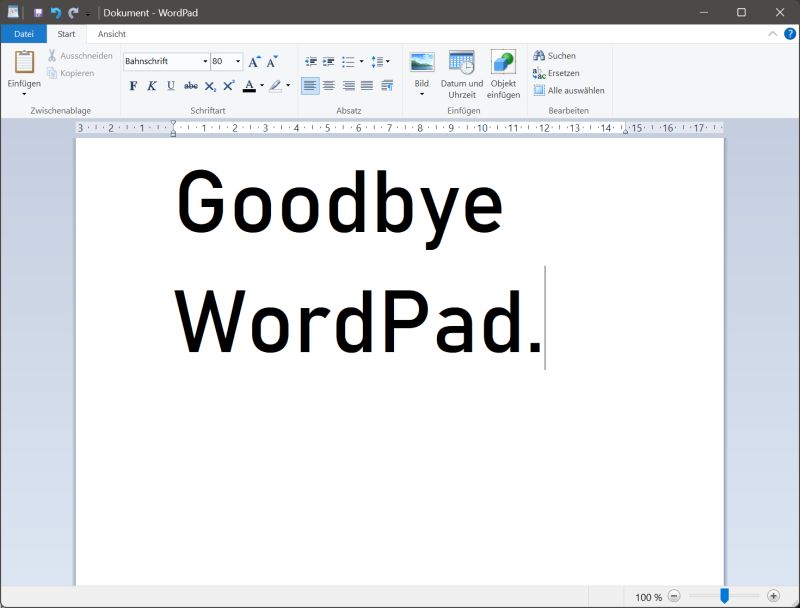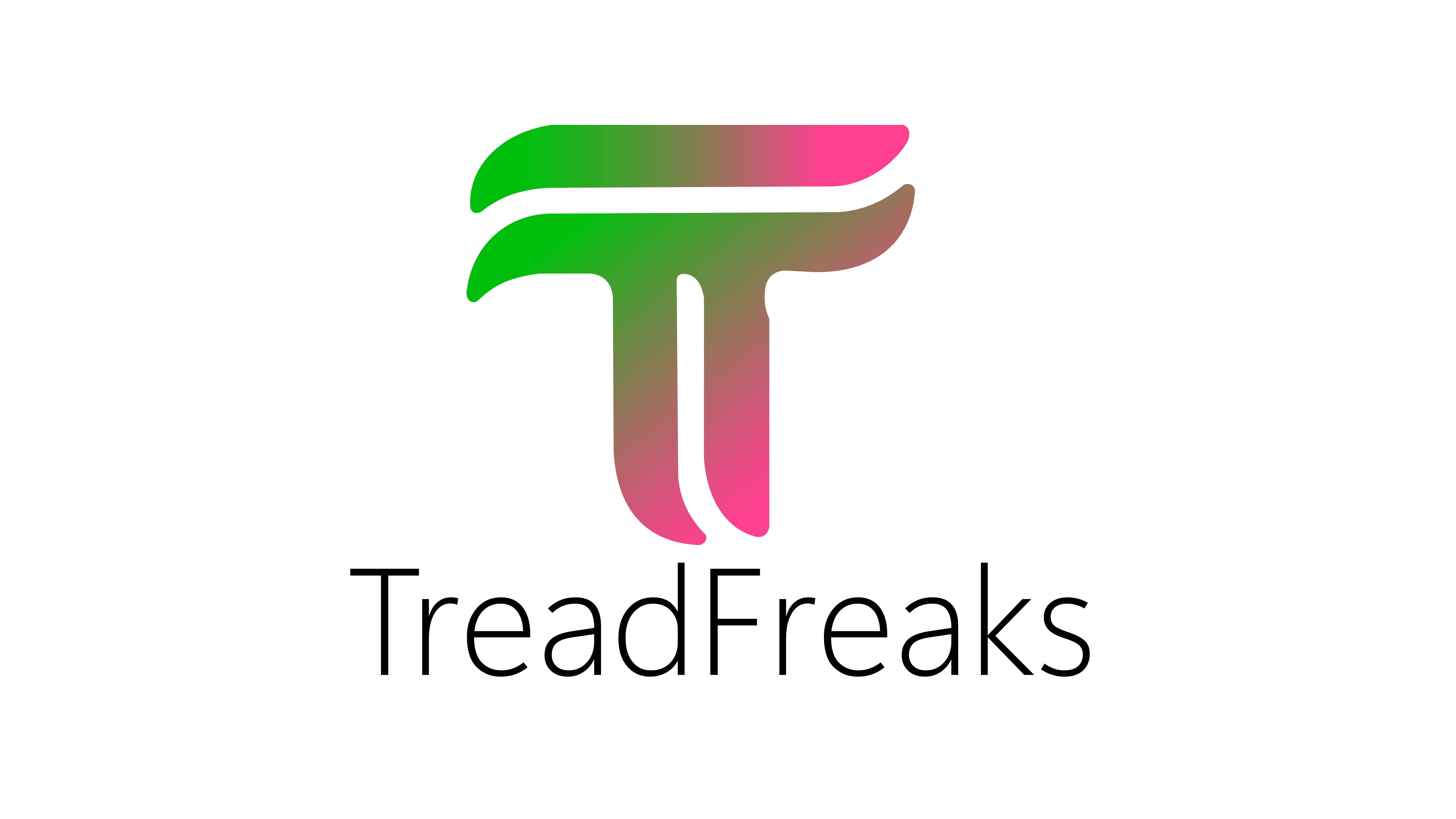If you’re a Windows user, you’re probably familiar with WordPad. This simple yet handy word-processing program has been a staple in the Windows operating system for years. However, Microsoft has recently announced that they will be removing WordPad from Windows 11, and the news has caused quite a stir among users.
In a bold move, Microsoft has recently announced its decision to remove WordPad from the Windows 11 operating system, signaling a significant shift in the default applications landscape. This pivotal decision has sparked conversations across the tech community, raising questions about the rationale behind such a move and its potential impact on user experience.
What is WordPad?
WordPad, for those who are not familiar, is a basic word-processing program that comes pre-installed with Windows. It provides users with essential features for creating and editing text documents, such as formatting options, spell-checking, and the ability to insert images. While it may not be as feature-rich as Microsoft Word, it has been a reliable tool for many users who don’t need advanced functionalities.
The Reason behind the Decision

So, why did Microsoft decide to remove WordPad from Windows 11? The answer lies in Microsoft’s continuous efforts to streamline its operating system and improve user experience. In their quest to create a more efficient and modern OS, Microsoft has made the tough decision to retire WordPad.
Boosting Performance and Reducing Bloat
One of the main reasons behind this move is to reduce the bloat in Windows 11. By removing WordPad, Microsoft aims to free up system resources and improve the overall performance of the operating system. With the increasing demand for faster and more efficient software, this decision is a step in the right direction.
Emphasizing Microsoft Office Suite
Another factor that influenced this decision is Microsoft’s desire to promote their flagship product, Microsoft Office. With WordPad out of the picture, users will be encouraged to upgrade to the full version of Microsoft Word, which offers a wide range of advanced features and capabilities for document creation.
Windows 11: A New Era
With the release of Windows 11, Microsoft has ushered in a new era of design, functionality, and user interaction. This update aims to provide a streamlined and modern computing experience, aligning with the latest technological advancements. As a part of this evolution, Microsoft has revisited its suite of default applications, making strategic decisions to enhance overall system performance.
The Role of WordPad
WordPad, a longstanding companion in Windows operating systems, has been a basic word-processing tool for users. However, with the emergence of more advanced alternatives and the need for a lighter, faster system, Microsoft has opted to exclude WordPad from the default applications lineup.
Embracing Advanced Alternatives for WordPad
Microsoft Office Suite
As WordPad takes a backseat, Microsoft encourages users to explore more robust and feature-rich alternatives within its acclaimed Microsoft Office Suite. Programs like Microsoft Word offer a comprehensive set of tools, catering to a diverse range of document creation needs. The move positions Microsoft Office Suite as the go-to solution for users seeking a more sophisticated word-processing experience.
Third-Party Solutions
In addition to Microsoft’s offerings, users can also explore a plethora of third-party applications available in the market. From Google Docs to LibreOffice, the options are abundant, allowing users to tailor their word processing experience according to their preferences.
User Adaptation and Transition
Seamless Migration
Understanding the importance of a smooth transition, Microsoft provides users with guidelines and support for migrating from WordPad to alternative applications seamlessly. The company assures users that the transition process is user-friendly, ensuring minimal disruption to their workflow.
Educating Users
To facilitate a swift adaptation, Microsoft has rolled out educational resources, including tutorials and guides, to help users make the most of the new default applications and third-party alternatives. This proactive approach aims to empower users with the knowledge needed to navigate the evolving Windows 11 environment effortlessly.
Conclusion
In conclusion, Microsoft’s decision to remove WordPad from Windows 11 marks a strategic move towards a more streamlined and efficient operating system. As users adapt to this change, exploring advanced alternatives within the Microsoft ecosystem and beyond, the tech community witnesses the continual evolution of computing experiences. Embracing this change is not just a necessity but an opportunity to leverage enhanced features and capabilities, ensuring a more productive and efficient digital workspace.


